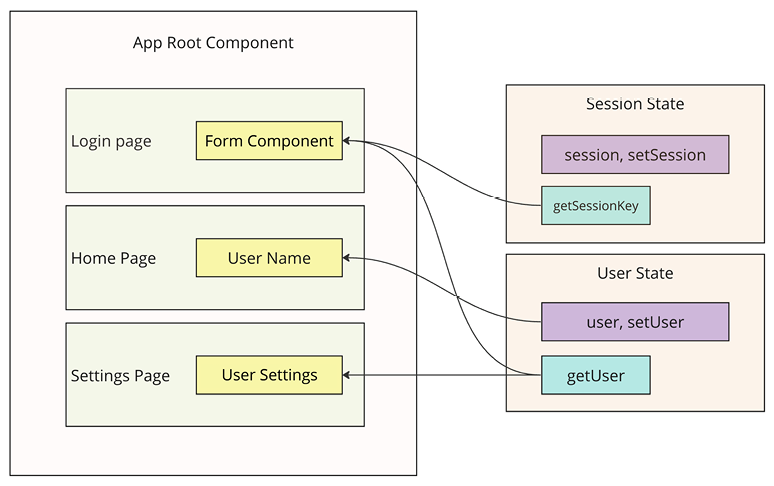State Management in React
In the previous chapters, we explored the concept of state in React and mastered the basics of working with it using the useState hook. Now it’s time to delve deeper into the global state management of applications. In this chapter, we will focus on the global state: we’ll define what it is, its key advantages, and the strategies for its effective management.
This chapter will cover the following topics:
- What is global state?
- React Context API and useReducer
- Redux
- Mobx



